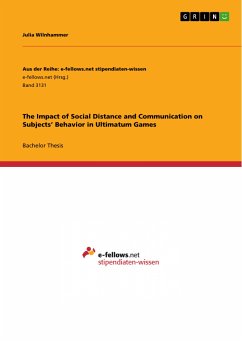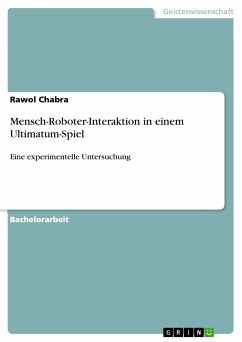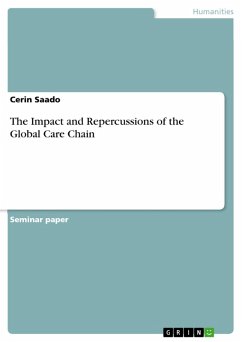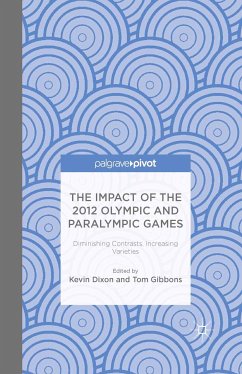
The Impact of Social Distance and Communication on Subjects' Behavior in Ultimatum Games (eBook, PDF)
Sofort per Download lieferbar
Statt: 27,95 €**
18,99 €
inkl. MwSt. und vom Verlag festgesetzt.
**Preis der gedruckten Ausgabe (Broschiertes Buch)
Alle Infos zum eBook verschenkenWeitere Ausgaben:

PAYBACK Punkte
0 °P sammeln!
Bachelor Thesis from the year 2017 in the subject Sociology - Individual, Groups, Society, grade: 1,0, Technical University of Munich (Chair of Corporate Management), language: English, abstract: The discrepancy between real-life and laboratory settings regarding anonymity is relevant for researchers concerning the realism of their findings. To close this gap, some studies began to shed light on altering the social embedding of experiments, e.g. by varying the degree of anonymity and social distance between players and incorporating communication. This work presents a selective review of studi...
Bachelor Thesis from the year 2017 in the subject Sociology - Individual, Groups, Society, grade: 1,0, Technical University of Munich (Chair of Corporate Management), language: English, abstract: The discrepancy between real-life and laboratory settings regarding anonymity is relevant for researchers concerning the realism of their findings. To close this gap, some studies began to shed light on altering the social embedding of experiments, e.g. by varying the degree of anonymity and social distance between players and incorporating communication. This work presents a selective review of studies covering these issues and compares those findings. Results show that decreased social distance leads to higher offers from the proposer and to a decreased acceptance threshold of the mean responder. After communicating with the responder, proposers offer a higher amount. Responders increase their acceptance threshold in treatments with game-related discussions, but do not adjust it after game-free conversations. The implications of these findings and the determinants of players' behavior in the Ultimatum game are clarified. Thereby, this work outlines researchers' endeavor of reaching higher levels of realism for results in Ultimatum game experiments. It closes by indicating the trade-off between the precision of laboratory experiments, which maintain anonymity, and enhanced realism of experiments which manage to design more field-like settings.
Dieser Download kann aus rechtlichen Gründen nur mit Rechnungsadresse in A, B, BG, CY, CZ, D, DK, EW, E, FIN, F, GR, HR, H, IRL, I, LT, L, LR, M, NL, PL, P, R, S, SLO, SK ausgeliefert werden.













